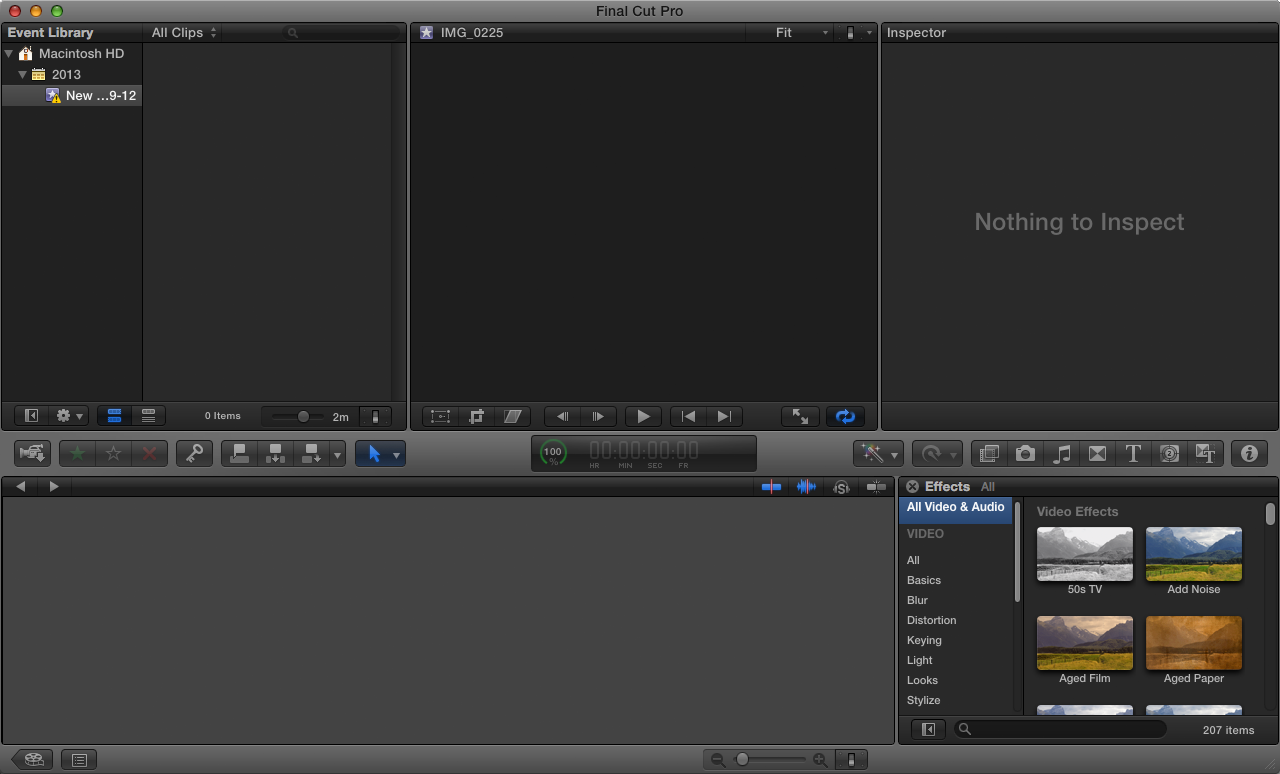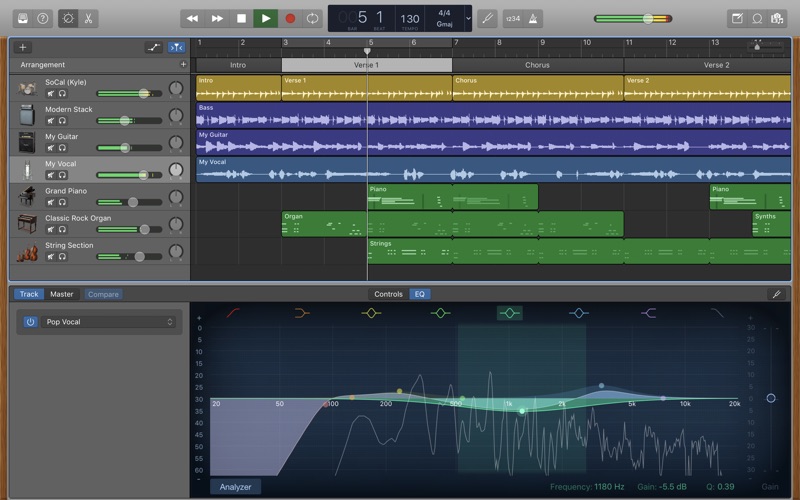

Volume and gain control of the signal coming from the guitar and your preamp. Sometimes adding too much gain will affect the tone, making it sound a little bit dirty on the mix. Many factors affect your guitar sound and overall tone in GarageBand, such as the hardware you are using, the guitar itself, and the settings in GarageBand. Factors that Affect Your Guitar Sound in GarageBand However, you can arrange the pedals in whichever way you like. Ensure that your pedals are in the correct order, which usually starts with compression, distortion, delay, reverb, and modulation. You can also add and remove pedals from your presets to improve the guitar sound when recording guitar tracks in GarageBand. You can adjust the level on your audio interface first, then adjust the amp and master levels within the DAW.
#Garageband 10.1.4 monitor software#
To make your guitar sound better in free software like GarageBand, it starts by adjusting the levels. Plus, you can even change the mic’s position in this menu, allowing you to design and customize your sound fully. You can switch between different amps and presets. You can also choose different amps by selecting the amp icon next to the track settings and controls to switch between amps and choose amp preset settings. You can locate presets for clean, crunch, distorted guitar, bass presets, and experimental sounds in the sound library.

The first thing you need to do is choose an amp or preset. You need to avoid clipping, but you also do not want the volume or signal to be too low, resulting in a quiet and anti-climactic tone that does not have a good impact on the overall mix. The key to making your guitar tone sound better in GarageBand is to adjust the gain, volume, and noise gate to a perfect balance. How Do I Make My Guitar Sound Better in GarageBand? You can also select different pedal presets by clicking the drop-down menu on the upper-left corner of the pedalboard menu. You can also tweak the pedals by turning the knobs-kind of like working with actual guitar pedals. It will take you to the pedalboard menu, where you can drag, drop, and arrange pedals in any order. The icon looks like a guitar pedal next to the tuner and amp menu on the right side of the screen. To use pedals on GarageBand, you need to click and open the pedalboard menu on the track settings. How Do you Use Guitar Pedals in GarageBand?
#Garageband 10.1.4 monitor professional#
The presets sound impressive, but you can make your tone sound more professional with a little bit of tweaking. GarageBand has dozens of guitar amps, pedals, and presets that enable guitarists to shape the tone in many ways. Alternatively, you can also design your guitar tone by selecting the different amps, adjusting the mic positioning, and adding guitar pedals. To use guitar effects in GarageBand, create a new guitar audio instrument track, connect your guitar, and choose between the hundreds of guitar presets in the sound library. Plus, you can also use GarageBand’s onboard effects to shape your guitar tone a little bit further-enabling you to create high-quality guitar tracks for your projects.

It is complete with over 10GB of free virtual instruments and effects, including guitar amp simulators, guitar pedals, and more. GarageBand is a free DAW for all macOS, iPad OS, and iOS users.


 0 kommentar(er)
0 kommentar(er)
